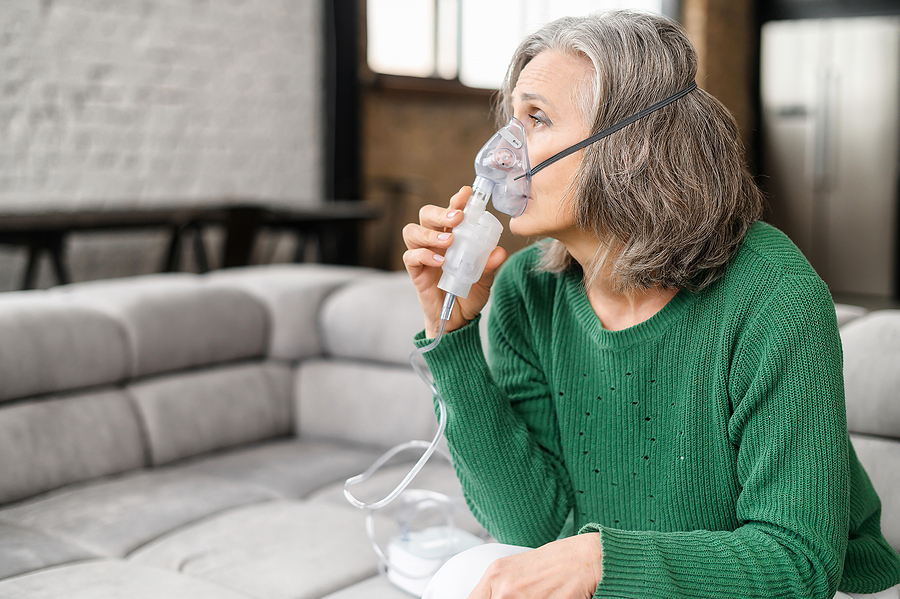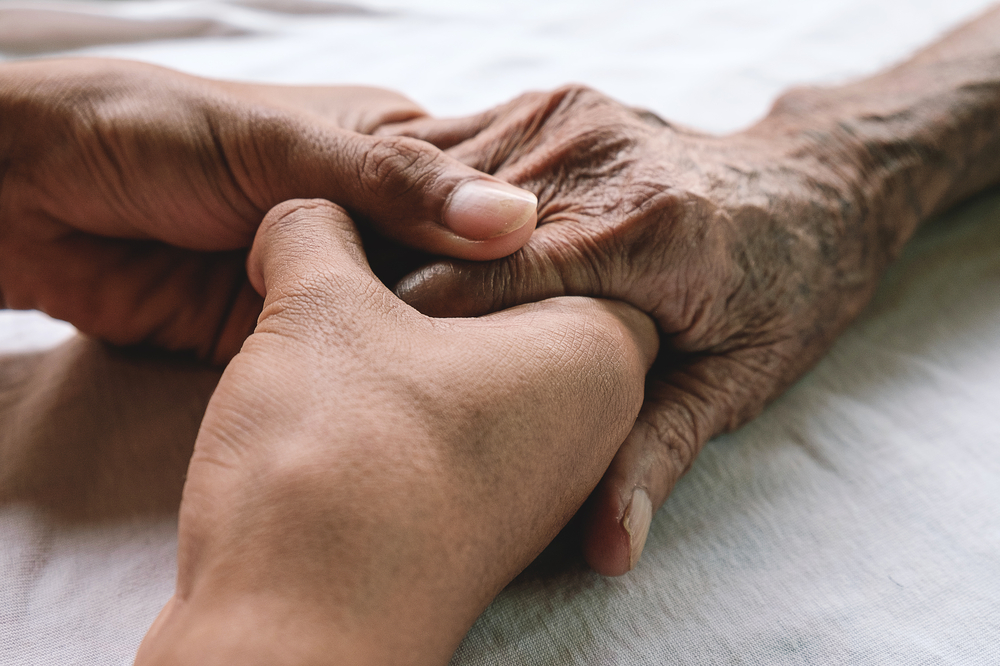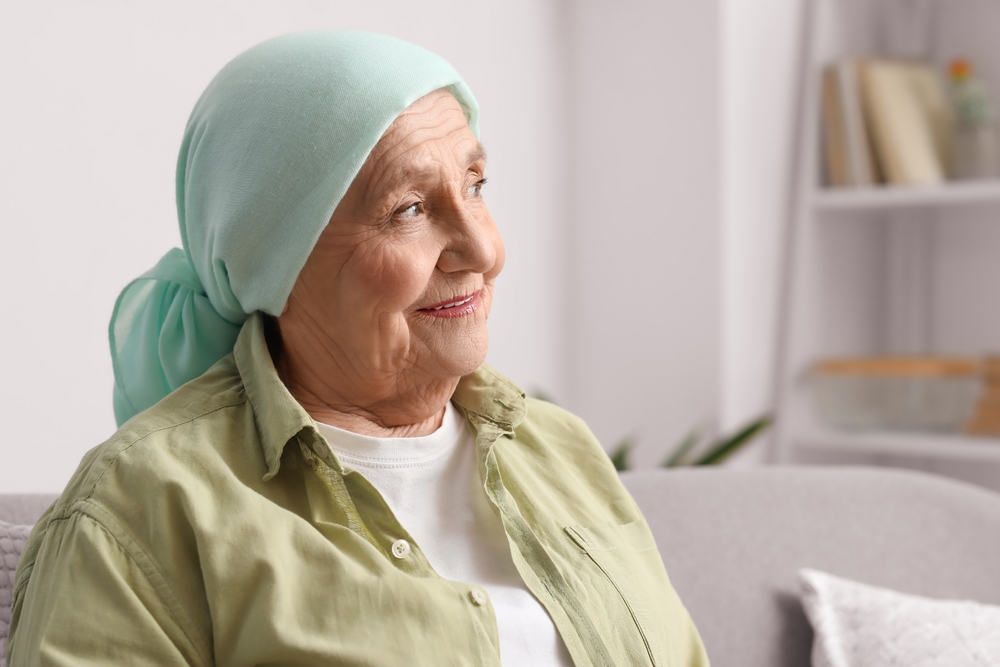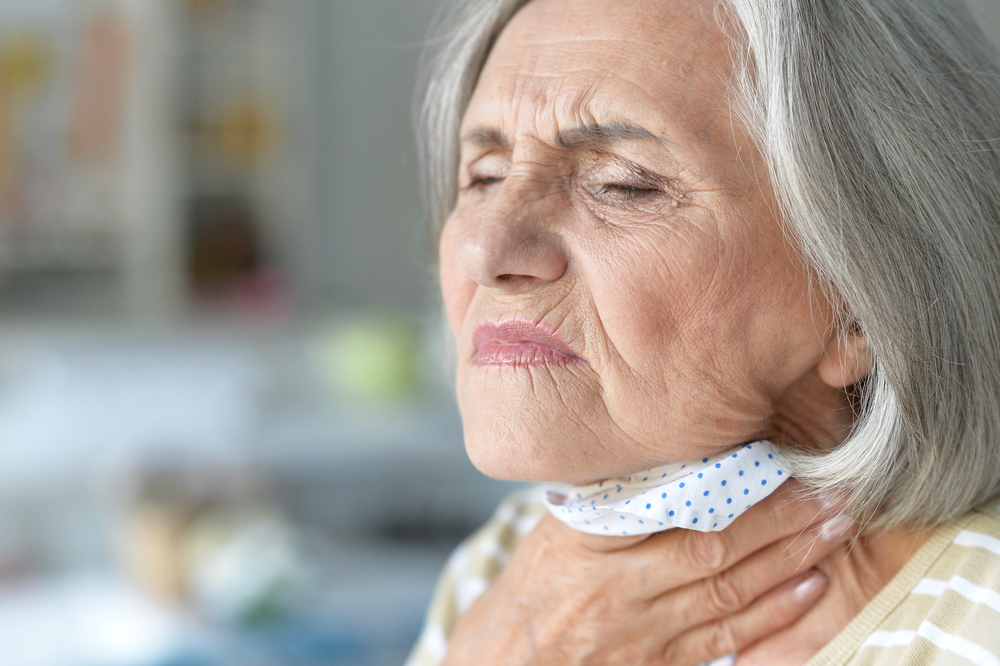Oxygen Levels in Elderly Adults: When to be Concerned
Category:

Red blood cells carry most of the oxygen in your body. These cells collect oxygen from your lungs and deliver it to all parts of your body to perform necessary functions. That means if you have a low blood oxygen level, you will need some medical attention since it will prevent you from performing everyday activities and cause severe health risks. Doctors will use tests to check your oxygen levels. These can include pulse oximetry (a sensor you slip over your finger), an arterial blood gas test (a needle that removes blood from your artery to measure blood oxygen levels), and other breathing tests. But what do you do once you learn about these issues? In this post, we will review what you need to know about oxygen levels in the elderly and when you need to be concerned.
What is a Normal Oxygen Level for the Elderly?
A normal oxygen saturation level is 97-100% but older adults typically have lower levels than younger adults. If an individual is older than 70, a normal oxygen level for elderly adults may be about 95%, which is acceptable. In extreme cases, low oxygen levels can result in hypoxemia or hypoxia. The former, which is low oxygen in your blood, can cause the latter, which is low oxygen in your tissues. However, “hypoxia” is commonly used to describe both problems. If you have symptoms, you should call 911 immediately.
Causes of Low Oxygen for Elderly Adults
Below are a few examples of what could cause hypoxia.
-
Anemia
-
Cyanide poisoning
-
Heart problems
-
High altitude
-
Pain medications with side effects that make it harder to breathe
-
Severe asthma attack
-
Lung damage due to trauma
-
Lung diseases (ARDS, bronchitis, COPD, emphysema, pneumonia, and pulmonary edema)
-
Sleep apnea
Now that we know some causes, let’s review some of the symptoms of low oxygen in the elderly.
Signs of Low Oxygen in the Elderly
Low oxygen levels can cause several symptoms. Below are a few signs of low oxygen.
-
Changes in skin color, ranging from blue to red
-
Chest pain
-
Confusion
-
Cough
-
Dizziness
-
Fast or slow heart rate
-
Headache
-
High blood pressure
-
Lack of coordination
-
Rapid breathing
-
Restlessness
-
Sense of euphoria
-
Shortness of breath
-
Sweating
-
Visual disorders
-
Wheezing
If you experience severe shortness of breath or a rapid heartbeat along with any of the above symptoms, be sure to speak to your doctor immediately to receive medical attention. Next, we will review ways to treat these symptoms.
Download Our Heart Health Guide
Treatment for Dangerous Oxygen Levels in Elderly
Now that we know a little more about the signs, the big question is how do you achieve normal oxygen saturation levels in the elderly? There are several devices to help one receive additional oxygen but many are considered medication and require a prescription. However, there are a few measures one can take to reduce symptoms of low oxygen. Below, you will find a few of these methods.
-
Deep breathing exercises
-
Drink plenty of water
-
Eat a healthy diet rich in plenty of fruits and vegetables
-
Exercise regularly
-
Regular blood oxygen level monitoring
-
Quit smoking or avoid secondhand smoke in areas where others smoke
Subscribe
Date: August 31, 2021
Category:


